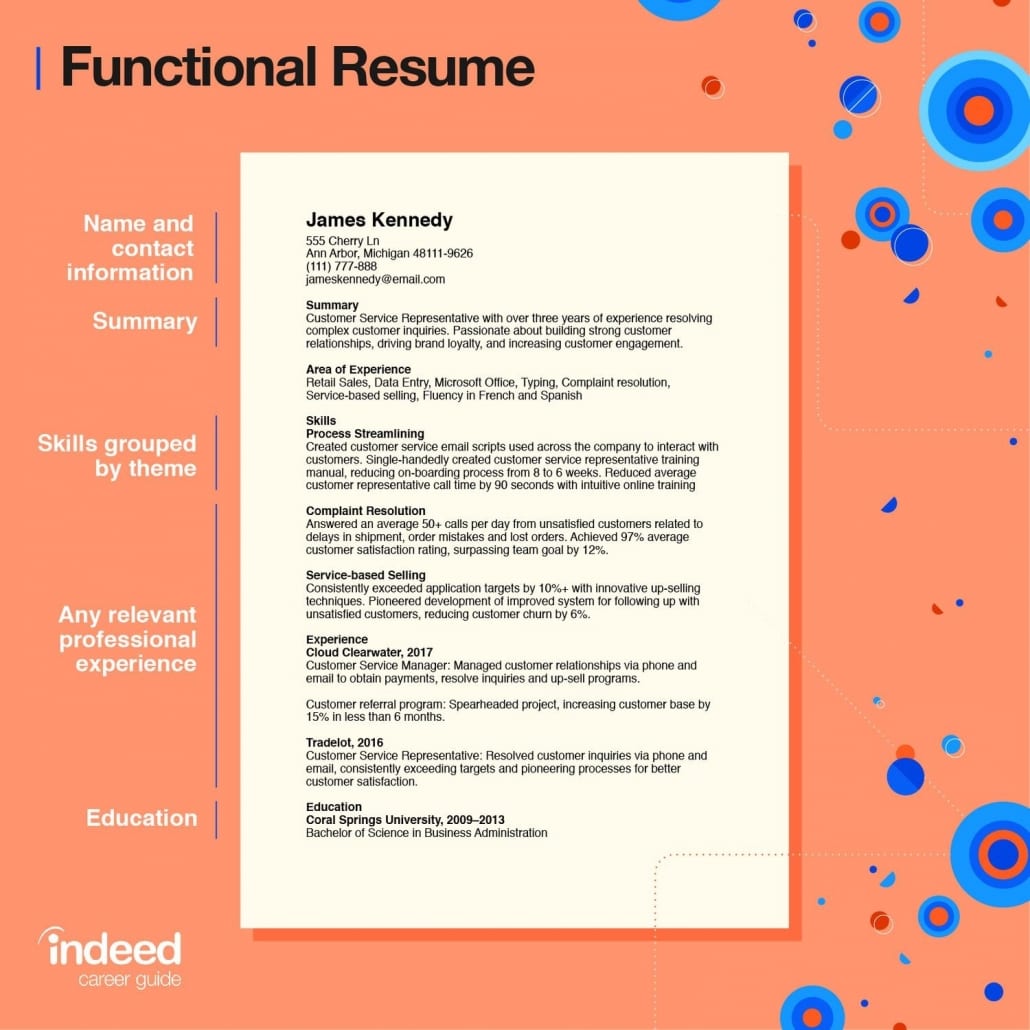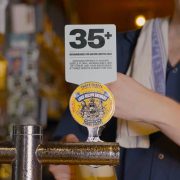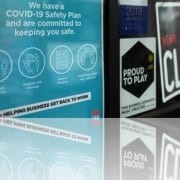MAKING YOUR RESUME STAND OUT IN THE “NEW WORLD”
If you’re out of work due to the impact of COVID-19, starting a job search can feel overwhelming, especially given the current circumstances. There are several steps you can take to give yourself the best opportunity for success. One of the most important things you can do is to update or create your resume. In this article, we will discuss the best ways to create a resume employers will notice as we weather the impacts of the coronavirus.
The importance of updating and tailoring your resume
As you search for jobs during COVID-19, it is likely that you will either find opportunities in the essential workforce or remote jobs (even if only remote temporarily) as the country practices social distancing. As you search for new positions, it is critical that you update your resume such that your background and experience align with the positions you are looking for now. To give yourself the best chances of standing out in the candidate pool, it is also important to tailor your resume for each job you apply for, prioritizing key skills and strengths as it relates to each specific job and employer.
This practice is especially important if you are looking for job titles or industries you haven’t worked in before. For example, if you were a flight attendant and cannot find another flight attendant job in the short-term, you might be looking for other jobs that align with your skills and interests. While you may not have experience with those specific job titles, you can prioritize the transferable skills on your resume that make you a great candidate.
1. Review your resume format and adjust if necessary
If you already have a resume, you might be using a standard chronological format. This format is useful when you have three to five years of experience in the same job title and industry. If you are searching for other jobs and industries you haven’t worked in the past, it might be helpful to consider a functional or combination resume format. These format types prioritize your relevant skills as opposed to your professional experience, which may be more useful information for employers when assessing your fitness for the job.

2. Update or write a resume summary or objective
Including a resume summary or objective can be especially useful during these times to provide additional context about your background and situation. A resume summary is a brief statement about your skills, impact and experience and is appropriate for people with at least a year of relevant professional experience. A resume objective is a statement about your short- and long-term goals and may be more appropriate for new graduates or people seeking to change jobs or industries.
It might help to slightly alter the tone and verbiage of your objective or summary to point out the ways your skills and experience will benefit the organization during this time—for example, exquisite customer service, flexibility and adaptability, and eagerness to work in essential roles.
Here are a few resume summary examples that provide context around the COVID-19 job search:
- Self-motivated university graduate with a Bachelor of Arts in Secondary Education and critical experience in learning technology.
- Energetic community outreach manager experienced in creating and completing outreach programs in urban communities.
- Organized dental office associate with seven years of experience maintaining effective client schedules, billing policies, and office workflows.
Here are a few resume objective examples that provide context around the COVID-19 job search:
- Organized and accomplished flight attendant seeking jobs in customer service to exercise a passion for providing an exceptional customer experience. Proven history of positively affecting flight and pre-flight satisfaction rates by 15%.
- Motivated arts graduate and aspiring fashion buyer with advanced communication skills seeking to grow my knowledge of the couture industry with online retail jobs available now.
- Accomplished human resources professional seeking to leverage extensive knowledge of employee relations, business and internal communications in a customer-focused position that works directly with clients and ensures a positive experience.
3. Review the job description
One of the most important steps you can take when creating or updating a resume is to review the job description for the positions you’re applying for. Doing so can help you understand what the employer is looking for in a candidate, and therefore tailor your resume to prioritize and emphasize those skills, qualities, and experiences. Look for keywords under sections such as “requirements,” “education requirements,” “key skills,” and “qualifications.” Place those that align with your background towards the top of your resume, so it is easy for employers to find. Weave other keywords throughout your resume, including your professional experience, education and skills sections.
For example, if the job description for an executive assistant says they are looking for a candidate with skills in “accuracy and attention to detail,” you might make one of your experience bullet points read this way: “Reduced spending on office supplies by 15% with new inventory process by exercising accuracy and attention to detail.”
4. Explain your impact as it relates to the job
On any resume, it is critical that you draw clear lines from your previous accomplishments to the job you’re applying for. The easier you make it for employers to understand the impact you can make in the role, the more likely you are to stand out in the candidate pool. If you’re working in a coronavirus-affected industry and you’re seeking opportunities in another field, highlight what skills and experience you have that can translate to another position. For example, if you have strong time management skills, consider explaining how you can use this skill in a variety of industries and how it’s beneficial to a remote position.
Here’s another example: if you are a flight attendant applying for roles in customer service, you should prioritize and explain the impact you made in your past jobs with your customer service skills. In practice, your professional experience section may look something like this:
RIVER AIR
Flight Attendant Lead | 2015–2020
- Improved customer satisfaction scores over 20% throughout tenure by continuously planning and implementing service changes.
- Trained and mentored over 45 new flight attendants, providing training in customer service skills, emergency management and safety standards.
- Coordinated in-flight response and air-to-ground communications to resolve customer emergencies.
7. Make your resume easy to read
Because employers typically only have six seconds to review each resume, it’s important that they are able to find key information quickly. To accomplish this, make sure your resume is formatted correctly in the following ways:
- Try and keep your resume to one page by removing outdated (jobs older than 10 years) or irrelevant information
- Try and use ½” to 1” document margins
- Select a plain and professional font such as Arial or Helvetica
- Make your font size 10 to 12 points if possible (smaller may be difficult to read and larger may appear unprofessional or distracting)
You should also be sure to prioritize the information on your resume as it relates to the position, for example:
- Include your years of experience in your resume summary if it aligns with the employer’s requirements—this can be years of experience with a certain skill or in a specific job or industry
- Place your skills section near the top of your resume if the employer emphasizes specific soft or hard skills in the job description such as proficiency with certain software programs or advanced customer service skills
- Place your skills section above your professional experience section if you are changing jobs or industries
- Place your education section near the top of your resume if you are a recent graduate with little professional experience. Place it near the bottom of your resume if you have at least two years of professional experience. With over five years of experience, you can remove your attendance dates, GPA and other less-relevant information.
8. Optimise your resume for ATS Readability
According to www.sydneyresume.com.au, with reduced HR capacity in the current climate, many companies have been taking advantage of Applicant Tracking Software (ATS) scanners which rely on keyword richness in order to highlight resumes that stand out. The keywords must be prominent in your resume as the ATS software picks out the most compatible submissions from the resume pool. Use keywords that represent both soft and hard skills, as well as the expertise you have acquired over years that qualify you for the role. Clearly outline core sections such as Core Competancies and Professional Skills in order to produce a document that is coherent and organised.
As well as keywords, layouts and design formats matter when it comes to ATS. Pick a simple yet readable format, free from graphics and tables, that will highlight information in a more streamlined manner.
Sources:https://www.indeed.com/career-advice/resumes-cover-letters/covid-19-resume













